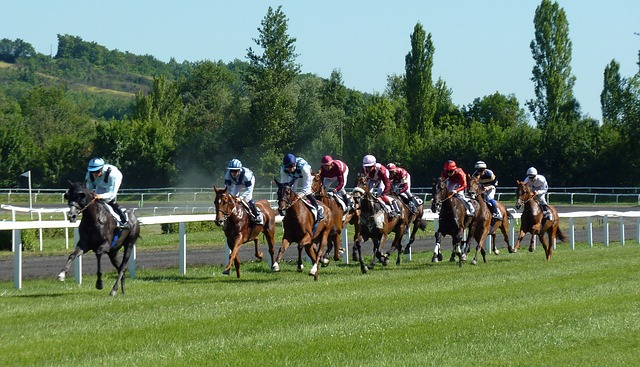When and where are often used interchangeably, as in I only use commas in the parts of sentences (when/where) I need to pause. Despite that, when to use “when” and where to use “where” follow a set of rules.
While either when or where sounds okay in that situation, a close analysis of the sentence will show that when is the better choice. Before we look at why, let’s examine some other uses of when and where, including when to use “when” and where to use “where”.
Time determines When to Use “When”, and Place determines Where to Use “Where”
Obvious statements are easy:
- I’ll get there when I can (time).
- Meet me where the road crosses the train tracks (place).
- She’ll be available to go when she finishes her chores (time).
It’s in sentences such as the original example that a lot of people have difficulty. Let’s look closer:
- I only use commas in the parts of sentences (when/where) I need to pause.
If you use when, it may be interpreted as meaning you only use commas when you need them, meaning “each time” you need to pause; on the other hand, using where may mean you only use commas where you see a need (for example, when editing).
Since we’re speaking of pausing (which is an interval of time), it would imply time (a pause can’t be seen in writing), and since we’re talking about time, when is the word to use. However, if we had said, “I only use commas where I need them” (no mention of pause), then where would be more appropriate because it indicates place—*where* I need them—such as preceding some conjunctions or after certain introductory clauses.
- You need to place a semicolon (when/where) you see a conjunctive adverb.
Which is correct here? Is it when, meaning every time you run across one? Or is it where, meaning every place you see one?
We’ll apply the same logic we used in the first example. Since we’re talking about seeing, it indicates a place. (You can’t see time.)
Since we’re speaking of place, we use where.
Now let’s look at a couple more examples:
- The dog is seldom at the fence where she should be.
- The dog is seldom at the fence when she should be.

Are you referring to time, as in “She should be at the fence every morning”? or do you mean place, as in a particular spot along the fence: “She should be standing right at the gate, but she seldom is”?
In cases similar to the above, either word works; it depends on which meaning you are referring to. There are many other rules for grammar, most of which are easy if they’re explained right. Look at this one dealing with grammar mistakes.
Bottom Line for When and Where
The bottom line is simple. When and where are easy if you follow the rules. If have an obvious time or place statement, use when for time and where for place.
If the sentence is more vague, you may need to analyze it and see which meaning is more appropriate as we did in the sentences about the dog at the fence and the sentence regarding the use of commas.


















Connect
Connect with us on the following social media platforms.